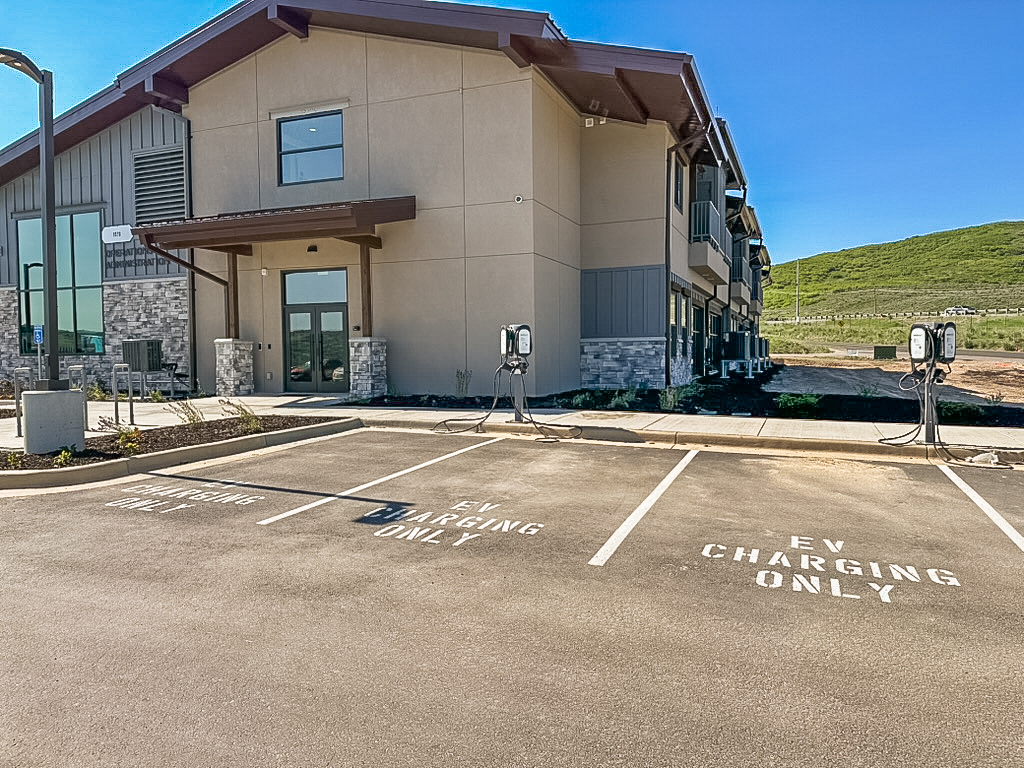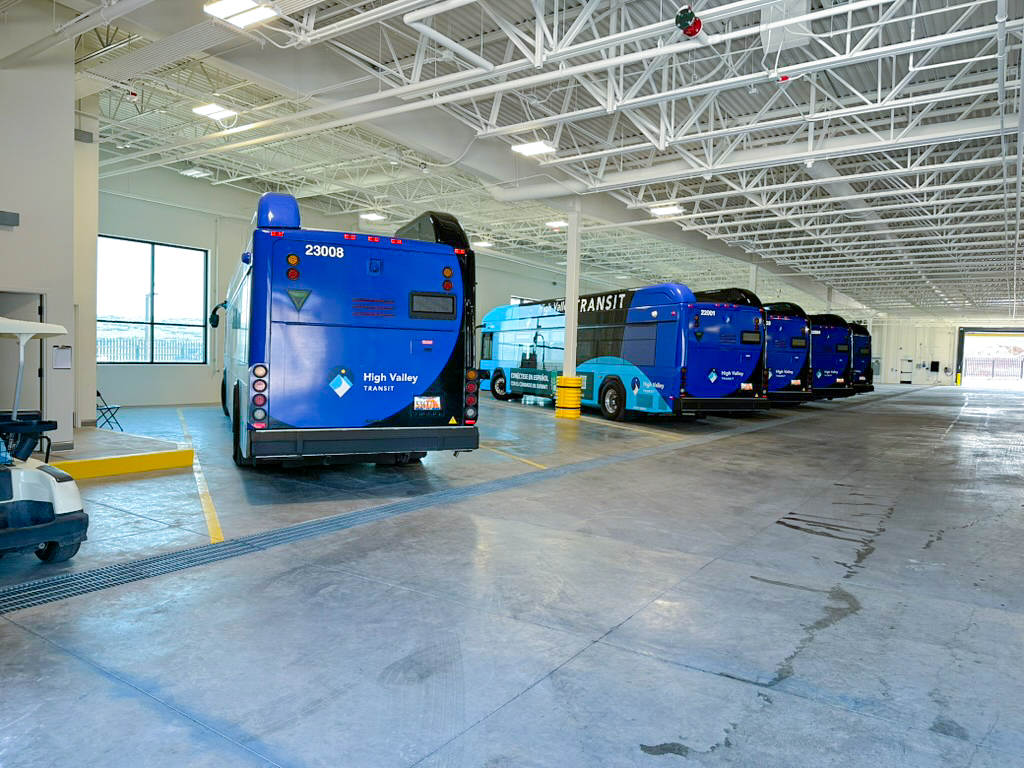Electrified Long-Distance Shipping
During a recent outreach visit to High Valley Transit’s (HVT) new 8‑acre depot in Summit County, Interim Program Director Mike Masquelier met with CEO Caroline Rodriguez and Fleet Manager Steve Rackleff to discuss the agency’s latest strides in electrified transportation. Central to the conversation was HVT’s successful implementation of a $16.2 million grant from the Federal Transit Administration. This funding enabled the purchase of 10 battery-electric buses, five depot chargers, and two on-route chargers, bringing the fleet’s total number of electric buses to 18. With its indoor charging barn now fully operational, HVT has established itself as a leader in advancing interconnected electrified transportation for rural communities in Utah.
This milestone aligns with the broader goals outlined in the Utah Electrified Transportation Plan, which aims to significantly improve mobility across the state by 2034. While major agencies like the Utah Transit Authority are targeting a 50% alternative-fuel fleet by 2040, HVT’s progress demonstrates how smaller regional systems can contribute meaningfully to statewide electrification efforts. By replacing older diesel vehicles and expanding access to an interconnected electrified transit infrastructure, HVT is creating a positive impact on air quality and setting a strong example for other rural transit providers.
Beyond technical improvements, the project also enhances local resilience and workforce opportunities. The FHWA grant includes support for a new training and internship program focused on building skills in electric vehicle maintenance and transit operations developed in collaboration with Summit County. As HVT shifts from temporary charging at Ecker Hill to permanent, grid-connected systems, it is opening pathways for residents to engage in a growing industry. This well-rounded approach not only advances Utah’s transportation goals but also ensures that the benefits — such as improved air quality, more reliable transit, and job creation — are shared across the region.



